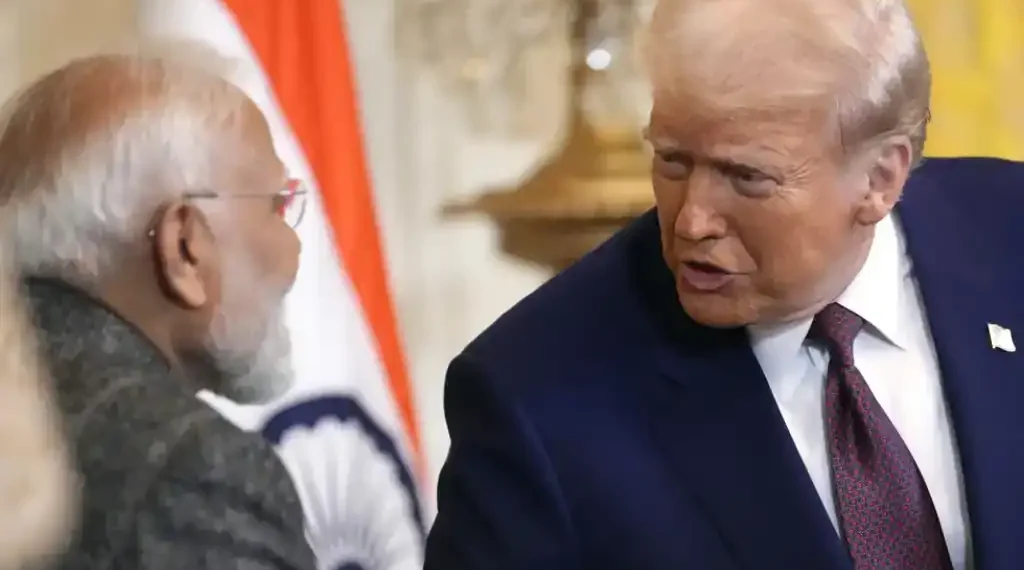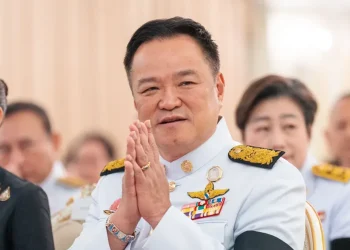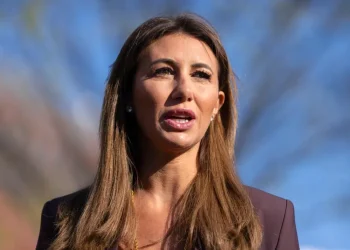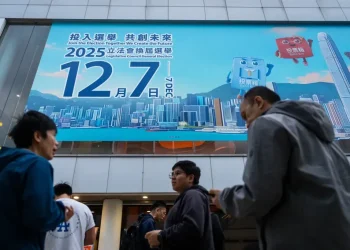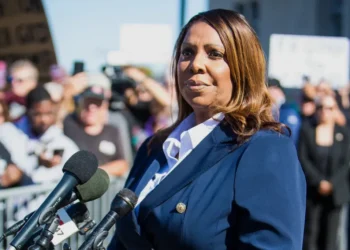Trump announces 25% tariff on Indian imports, warns of further penalties over Russian oil ties
Written: July 30, 2025, 16:00 EDT
President Donald Trump has announced a new 25% tariff on goods imported from India, citing what he described as unfair trade practices and India’s continued purchase of Russian oil. The move, made via a statement on Trump’s Truth Social platform, is part of a broader strategy to reshape U.S. trade relationships and strengthen American manufacturing.
Tariffs aimed at addressing trade imbalance and Russian oil imports
Trump stated that India, although a strategic partner, maintains “tariffs that are far too high” on U.S. goods. In addition to the base tariff, he proposed an unspecified “penalty” for India’s continued purchases of oil and military equipment from Russia—measures he claims indirectly support Moscow’s war in Ukraine.
The tariff and penalty are expected to take effect Friday, as part of the administration’s wider trade realignment with countries across Asia and Europe.
“India is our friend, but their tariffs are too high,” Trump wrote. “And buying oil and weapons from Russia is helping fund a war we oppose.”
Potential economic impact and industry reaction
The new tariffs are expected to make Indian products less competitive in the U.S. market compared to exports from other countries such as Vietnam and Bangladesh. This has caused concern among Indian exporters, who were already navigating post-pandemic recovery and shifting global supply chains.
Ajay Sahai, Director General of the Federation of Indian Export Organisations, expressed uncertainty over the policy.
“We are back to square one, as Trump hasn’t spelled out what the penalties would be in addition to the tariff,” Sahai said in an interview. “The demand for Indian goods is bound to be hit.”
The United States recorded a $45.8 billion trade deficit with India last year, according to the U.S. Census Bureau, highlighting a long-standing imbalance that Trump has often cited as justification for tougher trade measures.
Broader trade strategy includes new frameworks with allies
Trump’s tariff announcement follows a series of recent trade negotiations with the European Union, Japan, the Philippines, and Indonesia. These new frameworks are intended to expand export opportunities for American companies while giving the administration flexibility to raise import taxes.
Trump has framed these measures as a tool to offset rising budget deficits tied to earlier tax cuts and to revitalize domestic industry by encouraging U.S. production.
Critics, however, caution that broad tariffs can lead to higher prices for American consumers and contribute to inflation. Economists note that increased import taxes are often passed along to businesses and shoppers, diluting any potential gains in job creation or trade balance.
Pushback from global allies and Europe’s response
The Trump administration’s tariff-first approach has also triggered friction with traditional allies. A new 15% tariff targeting goods from European Union countries has led to calls for a more assertive European trade strategy.
In response, French President Emmanuel Macron told cabinet members on Wednesday that Europe must assert greater economic sovereignty.
“To be free, you have to be feared,” Macron said. “We have not been feared enough. There is a greater urgency than ever to accelerate the European agenda for sovereignty and competitiveness.”
Macron also signaled continued negotiations with the United States to finalize the broader trade framework, despite tensions over tariffs.
U.S.–India relations face new uncertainty
The latest tariffs could complicate efforts to double U.S.–India trade to $500 billion by 2030—a target discussed in multiple bilateral meetings. The two countries have already held five rounds of negotiations aimed at reducing trade barriers and crafting a comprehensive agreement.
While the United States seeks greater market access and near-zero tariffs on key exports, Indian officials have hesitated to open sensitive sectors like agriculture and dairy, which employ a large portion of India’s population.
In February, during a visit to India, Trump and Prime Minister Narendra Modi pledged closer energy cooperation, with India agreeing to purchase U.S. natural gas and oil. The new penalties, however, suggest a shift in tone despite the two leaders’ historically friendly relationship.
Trump commented on the evolving trade policy during a return flight from Scotland earlier in the week but withheld specifics at the time.
“We’re going to see,” he said when asked about the rumored 25% rate on Indian goods.
Back at the White House, he initially suggested no immediate action would be announced—a claim that proved inaccurate when the tariff decision was posted online the following day.
Outlook: More friction or future negotiation?
As the administration moves forward with its updated tariff regime, global markets and diplomatic ties face a period of renewed uncertainty. India’s strategic position in the Indo-Pacific, its population of over 1.4 billion, and its role as a counterweight to China make its economic ties with Washington a critical component of U.S. foreign policy.
Whether Trump’s latest tariff measures serve as a bargaining chip or a long-term policy remains to be seen. Analysts say much will depend on India’s response and the pace of future trade talks between the two countries.
This article was rewritten by JournosNews.com based on verified reporting from trusted sources. The content has been independently reviewed, fact-checked, and edited for accuracy, neutrality, tone, and global readability in accordance with Google News and AdSense standards.
All opinions, quotes, or statements from contributors, experts, or sourced organizations do not necessarily reflect the views of JournosNews.com. JournosNews.com maintains full editorial independence from any external funders, sponsors, or organizations.
Stay informed with JournosNews.com — your trusted source for verified global reporting and in-depth analysis. Follow us on Google News, BlueSky, and X for real-time updates.
